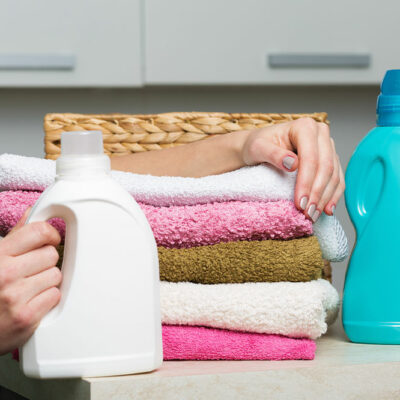
10 important things to know about disability insurance
Health insurance covers hospitalization, treatment, and pharmacy costs. However, if one’s illness, disease, or disability leads to an inability to work, it will not help one cover the loss of income. In such cases, having a disability insurance plan benefits one as it pays 40 to 80% of the monthly income to cover household expenses and make necessary payments. Disability insurance helps people pay for their committed expenses and saves them from bankruptcy.
What is disability income insurance?
Disability income insurance is a policy that replaces a part of the income of individuals who cannot work due to a disability. The disability can be congenital or recurrent diseases, temporary or permanent mental illness, or an injury suffered during an accident. The disability income insurance can be for short-term up to 2 years for long-term for 5, 10, or 20 years, based on the policy terms. The disability insurance income policy can replace a part of one’s income, cover any bonus income, and provide one with tax benefits.
Ten facts to know while buying a disability insurance plan
1. How disability insurance works
Disability insurance works like any other insurance, where one can buy a plan and pay a premium. If one faces any sudden illness, injury, or disease that affects one in such a way that one cannot work as before, one can claim benefits. Depending on the type of disability insurance one purchases, the insurance company will verify one’s claim and check if one qualifies for a settlement. One has to prove that one has been unable to work due to a disability and has had no income for a specified period. Once satisfied, they will pay a specific percentage of their monthly salary to help them manage household expenses.
2. Knowing the right type of disability insurance one need
The two main types of disability insurance are:
- Short-term disability insurance covers lost income for six months to one year. It becomes active after employees use benefits like sick and paid leave. It pays 40% to 60% of one’s last monthly salary. The benefits cease when the disability ends.
- Long-term disability insurance covers disabilities that last longer, making a person stay out of a job for many years. With this policy, a person can get a monthly payment of 50% to 80% of their monthly income and with some plans until retirement.
3. Where to buy disability insurance
One can make use of disability insurance provided by one’s employer. Or buy one from the government, private insurance firms, or insurance brokers. Federal plans have strict eligibility requirements in terms of age, gender, and profession,
4. Group vs individual disability insurance
Group disability insurance covers all employees and is not portable when one shifts jobs. If the coverage is insufficient to manage one’s monthly expenses, one can purchase additional individual plans that offer better coverage and benefits. These plans can be portable to one’s new employer whenever one shifts one’s job.
5. Definition of disability
Since no specific rules define disability, it may vary based on the type of plan and the insurance provider. Generally, it is defined as the “inability to perform their occupation based on education” or the “inability to perform any occupation.”
6. Coverage limit
One should choose the coverage limit based on one’s family’s lifestyle, living standard, and other payment commitments like mortgage and utility bills. One should calculate one’s monthly income, household expenses, living expenses, and the income required to support one’s family if one becomes disabled. One should also calculate what percentage of one’s income one would need to spend for the family and choose a plan to benefit one.
7. Disabilities covered
Some of the diseases and illnesses covered by disability insurance include:
- Chronic conditions like arthritis, back pain, fibromyalgia, hip and knee problems
- Illnesses like Multiple Sclerosis, cancer, diabetes, and HIV
- Injuries like fractures, spinal injuries, dislocations and concussions
- Mental illnesses like Depression, PTSD, and Anxiety
- Other conditions include blindness and hearing loss. Congenital, digestive, and endocrine disorders also qualify as a disability.
8. Costs
One may have to pay 1% to 3% of one’s annual cost as a premium for a long-term disability insurance plan. The cost may be higher if one has opted for a higher percentage of replacement and longer benefit periods. The costs can be slightly lower if one chooses a longer waiting period. The costs could be higher for those who buy a new policy when older and have a higher risk of illnesses. Experts agree that to reduce costs, one should consider buying a policy at a younger age and lock in the rate.
9. Add-on features and benefits
Like any other insurance policy, one can add additional features to one’s policy at extra features. Some useful add-ons include:
- Partial or residual benefit for a partial disability
- Cost of living adjustment that increases benefits based on inflation
- Survivor benefit, where survivors get some benefits if the policyholder passes away
- Automatic increase benefit where one can increase benefits yearly by a specified percentage.
10. Claims
To claim disability insurance, one must contact their insurance company or file a claim online. One must submit proof of disability and additional proof of loss of income. Once one’s claims are verified, if one is not within the waiting period, one will start receiving the benefits.


